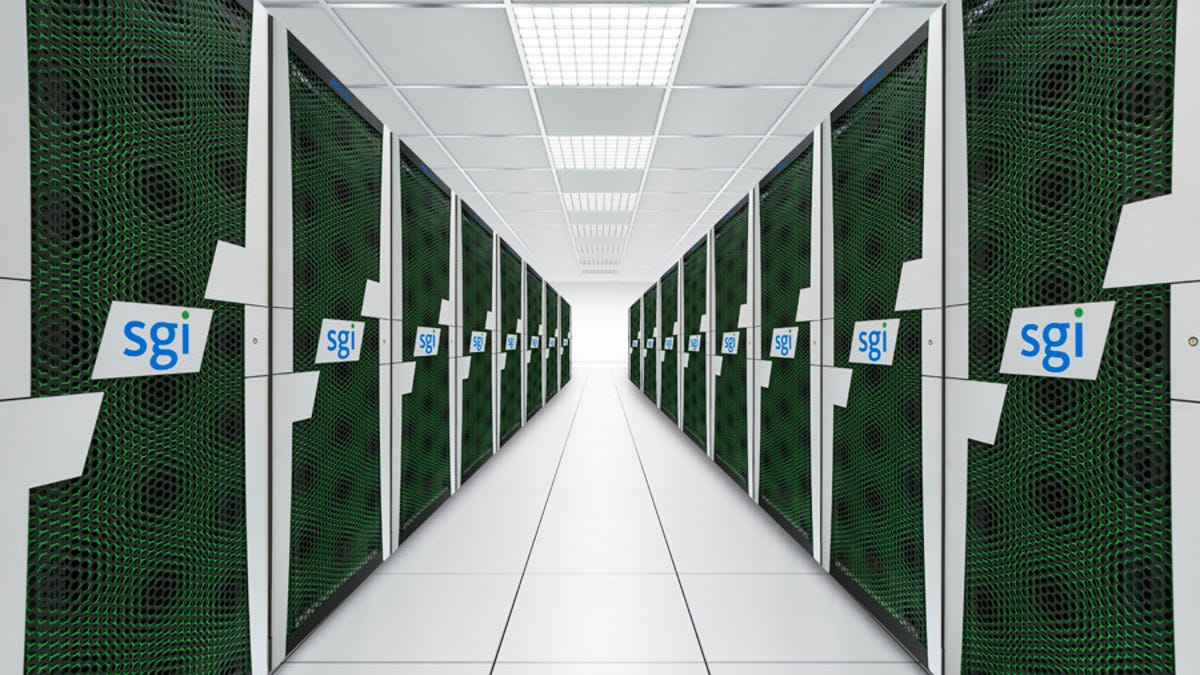SGI's old-school supercomputer now revved up
The Blacklight system, with 512 Xeon processors talking directly to dual 16TB memory banks, is now up and running at the Pittsburgh Supercomputing Center.

These days, the Top500 list of the world's most powerful supercomputers is dominated by cluster designs assembled from many independent computing nodes. But there's still a place in the world for an earlier approach, as evidenced by a new machine called Blacklight at the Pittsburgh Supercomputing Center.
Blacklight is a mammoth $2.8 million shared-memory machine built by SGI for the center. The system comes in two halves, each with 16 terabytes of shared memory. Either half would be the largest such amount of memory so far built, PSC said, and with a bit more programming effort, the two halves can communicate to work together.
The system now is in operation, the center announced today, and is being used for research into language processing, software security, molecular biology, genetics, fluid dynamics, the physics of the early universe, and seismology.
A shared-memory design means that each processor has direct access to the entire memory, a feature that eases programming since data doesn't have to be requested indirectly from other processors.
SGI is a venerable name in high-performance computing, but the company was buffeted by the arrival of mainstream technology that could match its highly specialized equipment. Its MIPS processor and Irix version of Unix gradually lost out to Intel and AMD processors and to the Linux operating system. In 2009 hardware upstart Rackable bought SGI and adopted its name and stock ticker.
SGI was a big fan of Intel's Itanium processor family, but there's more to high-performance computing these days. Its Altix 450 and 4700 designs use the Itanium processors, but the Pittsburgh center opted for the Altix UV1000 design with the "Nehalem" model of Intel's 64-bit x86 processors officially called the Xeon 7500 chips.
Specifically, the system has 512 of these eight-core processors, for a total of 4,096 processor cores. The systems are mounted as blade servers in a standard rack cabinet about 6 feet tall.

